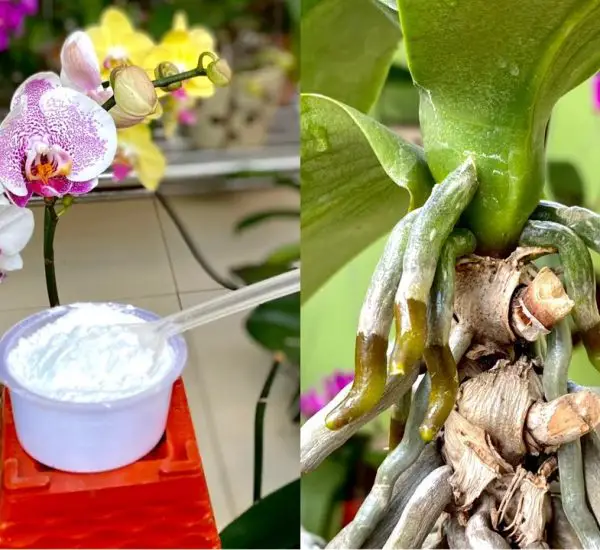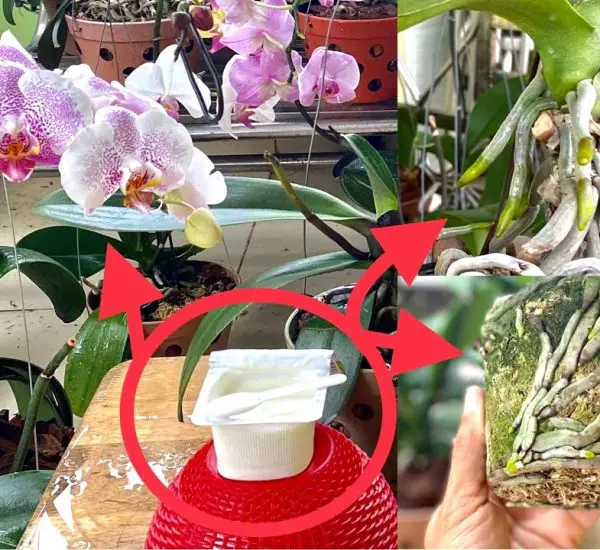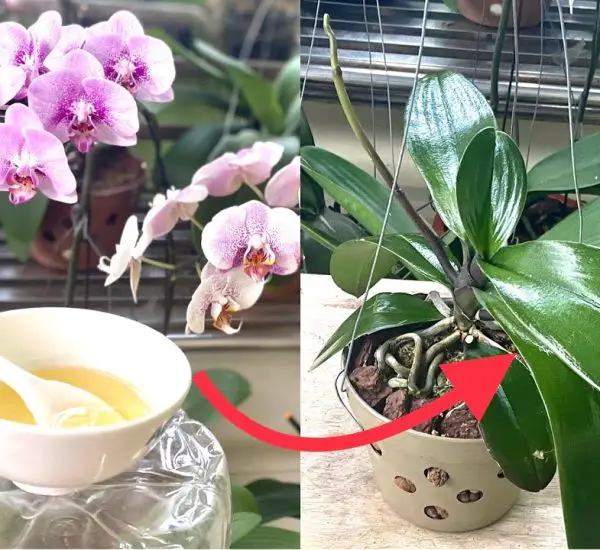Post-Bloom Nutrient Management:
When orchids have finished flowering, it’s crucial to address the nutritional needs of the plant. The concentrated nutrients that fueled the blooming process diminish after the flowers have withered. This creates an environment conducive to bacterial and fungal growth on the stem. To facilitate better development, removing dry leaves and spent flowers is essential. Orchids thrive when nutrients are appropriately distributed, making timely transplantation vital.
Root Restoration and Tea Treatment:
The roots of orchids are pivotal for metabolic functions, and damaged roots impede these processes. Begin the restoration process by cutting off rotten roots and eliminating damaged leaves. Clean the plant thoroughly before proceeding. To enhance plant protection and disinfection, consider using tea bags containing essential nutrients. Boil water, let it cool, add 400 ml of water to the brewed tea, and spray the entire plant. Tea acts as a natural disinfectant, safeguarding orchids from harmful fungi effectively. A subsequent step involves covering the roots with the tea and allowing them to dry for an hour.
Addressing Fungal Infections:
When combating fungal infections, immediate planting is recommended. Apply 3% hydrogen peroxide or cinnamon powder on black spots, cuts, and areas with fungal infections. For delayed planting, invert the orchid in a plastic cup and leave it in a cool place for about a day. This process ensures the orchid remains viable for subsequent transplantation.
Optimal Transplantation and Ongoing Care:
For a successful transplantation, soak pine bark for 3 to 5 days to remove impurities. Choose pots with good drainage, place the pine bark, and add a bit of moss. The remaining tea can be used for watering the plants, providing an additional layer of care. After repotting, place the orchids in a cool environment, watering only when the growing medium is dry. Regular use of tea every two weeks nourishes and nurtures the orchids, especially beneficial for flowering plants like bee orchids.
This method ensures that orchids, even after the flowers have withered, receive the care needed for robust growth and vibrant blooms. The steps outlined provide an easy-to-follow guide for enthusiasts seeking to revive and foster the health of their orchids.




